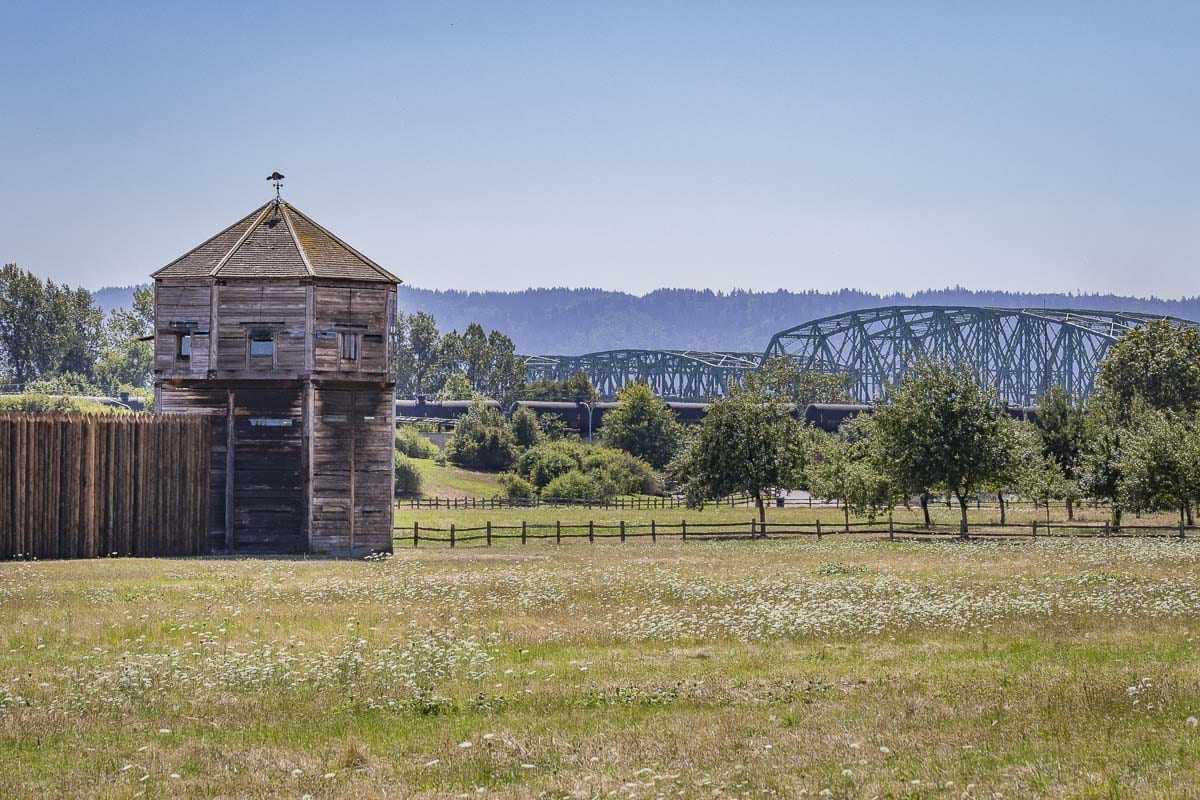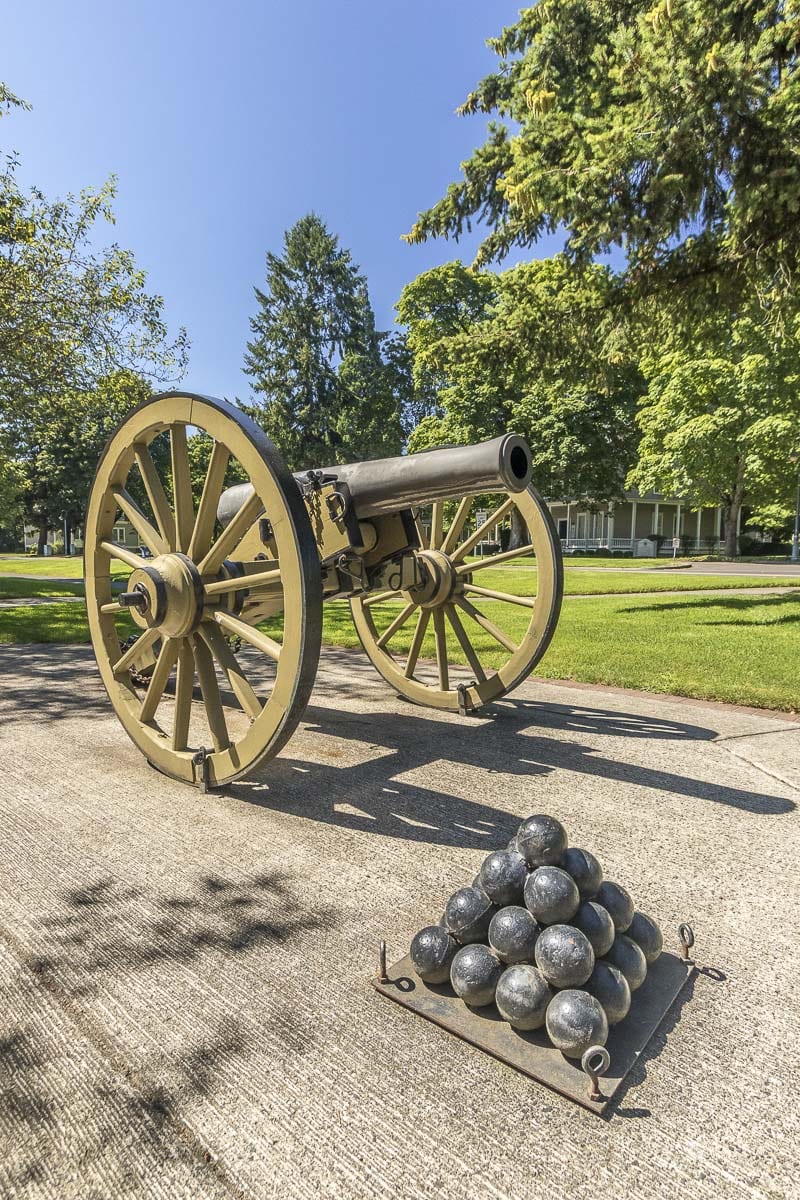A new National Park Service report shows that 1.1 million visitors to the site in 2018 spent $64.9 million in communities near the park
VANCOUVER — A new National Park Service (NPS) report shows that 1.1 million visitors to Fort Vancouver National Historic Site in 2018 spent $64.9 million in communities near the park. That spending supported 935 jobs in the local area and had a cumulative benefit to the local economy of $93.5 million. Fort Vancouver National Historic Site includes the reconstructed Fort Vancouver, Vancouver Barracks, and Pearson Air Museum, located in Vancouver, Washington, as well as the McLoughlin House Unit in Oregon City, Oregon.

“Fort Vancouver National Historic Site welcomes visitors from across the country and around the world,” said Superintendent Tracy Fortmann. “We are delighted to share the story of this place and the experiences it provides. We also feature the park as a way to introduce our visitors to this part of the country and all that it offers. National park tourism is a significant driver in the national economy, returning $10 for every $1 invested in the National Park Service, and it’s a big factor in our local economy as well. We appreciate the partnership and support of our neighbors and are glad to be able to give back by helping to sustain local communities.”
Fortmann continued, “In 2018, we welcomed over a million visitors and over 22,000 local students to this national park. We pride ourselves in the educational and cultural opportunities that we and our many partners provide here. It is truly wonderful to learn that the historic places encompassed in Fort Vancouver National Historic Site, which represent the hearts of communities in Vancouver and Oregon City, provide such a huge economic benefit to these communities.”
The peer-reviewed visitor spending analysis was conducted by economists Catherine Cullinane Thomas and Egan Cornachione of the U.S. Geological Survey and Lynne Koontz of the National Park Service. The report shows $20.2 billion of direct spending by more than 318 million park visitors in communities within 60 miles of a national park. This spending supported 329,000 jobs nationally; 268,000 of those jobs are found in these gateway communities. The cumulative benefit to the U.S. economy was $40.1 billion.
Lodging expenses account for the largest share of visitor spending, about $6.8 billion in 2018. Food expenses are the second largest spending area and visitors spent $4 billion in restaurants and bars and another $1.4 billion at grocery and convenience stores.

Visitor spending on lodging supported more than 58,000 jobs and more than 61,000 jobs in restaurants. Visitor spending in the recreation industries supported more than 28,000 jobs and spending in retail supported more than 20,000 jobs.
Report authors also produce an interactive tool that enables users to explore visitor spending, jobs, labor income, value added, and output effects by sector for national, state, and local economies. Users can also view year-by-year trend data. The interactive tool and report are available at the NPS Social Science Program webpage: https://www.nps.gov/subjects/socialscience/vse.htm
To learn more about national parks in Washington State and Oregon, and how the National Park Service works with Washington and Oregon communities to help preserve local history, conserve the environment, and provide outdoor recreation, go towww.nps.gov/washington and www.nps.gov/oregon
Learn more about accomplishments at Fort Vancouver National Historic Site in Fiscal Year 2018 in the park’s Superintendent’s Annual Report, which can be downloaded at https://go.nps.gov/fovaannualreport
Information courtesy of Fort Vancouver National Historic Site.




